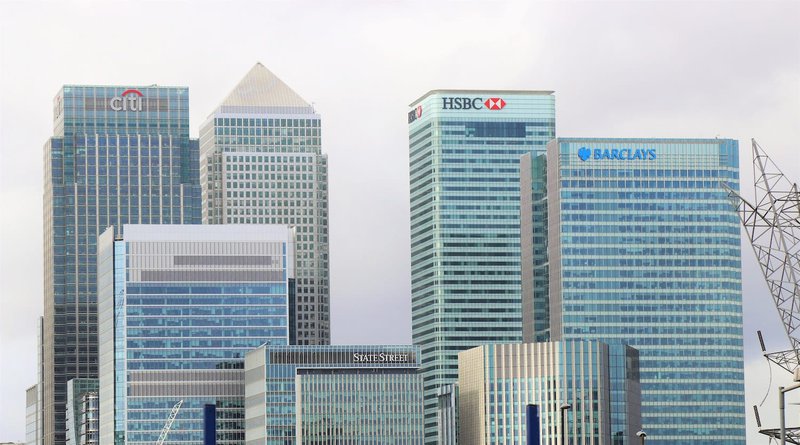Money laundering has been an issue since the dawn of physical currency. As our financial institutions and digital technology have evolved, so has this pervasive financial crime. According to the World Economic Forum, 2-5% of global GDP is lost yearly to money laundering, costing $800 billion to $2.6 trillion USD.
Continuous efforts are in place to reduce the impacts of money laundering. However, prevention requires constant evolution and effort from innovators, banks, government organizations, and businesses. Here are some of the overarching anti-money laundering trends in 2022.
Lack of Cryptocurrency Regulation
Cryptocurrency was designed around the idea of decentralization and consumer control over investments. It was invented in 2008 after the market crash and implemented as open-source software in 2009. Due to the nature of this peer-to-peer currency, crypto has largely flown under the radar for the past decade. This lack of regulation has created immense opportunities for money laundering.
2022 is bringing significant changes to how cryptocurrency is monitored to prevent financial scams and money laundering. Crypto businesses will now have to follow the same protocols as banks, including Customer Due Diligence (CDD) and FinCEN registration. Many organizations are implementing anti-money laundering tools from NICE Actimize as a part of the Know Your Customer (KYC) process.
Cryptocurrency exchanges that don't comply will be subject to heavy fines. While it will take time to enforce these new regulations, a significant shift is expected over the next two years.
Ease of International Transactions
One of the most pervasive challenges with anti-money laundering efforts is the ease with which international transactions are completed. The rise of financial technology (FinTech) has made it easy for remote workers and global companies to send money across international borders.
It's also easier than ever to open accounts at several institutions to move money through. While digital transactions are easier to track, moving money around and shutting things down before an issue is detected is also easier.
As FinTech isn't bound by borders, it often falls into a regulatory gray area. Further regulations for the use of third-party and FinTech products is required to reduce money laundering, as well as compliance measures for FinTech companies. Incorporating AML steps into onboarding and monitoring for suspicious activity is essential. Enforcing a FinTech AML compliance program is an important first step.
UBO and Customer Due Diligence
A shift toward more financial transparency has been happening since the internet became a part of daily life. The focal point of this process has been identifying the Ultimate Beneficial Owner (UBO) for transactions. Sometimes referred to as the Ultimate Business Owner, this individual retains 10-25% of an organization's capital. In essence, they're the person who benefits most from a transaction.
While UBO regulations have been implemented, many jurisdictions have opted out. The Hollywood depiction of Swiss bank accounts holds true, as Switzerland has rejected these regulations. These gaps in "herd immunity" creates opportunities for criminals to launder money through banks and financial institutions in those countries.
Pressure to Improve Software and Cybersecurity
Over recent years, significant data breaches and information loss have been a common topic in the news. Financial institutions that haven't undergone a digital transformation to implement machine learning and artificial intelligence are facing pressure to do so. Implementing automated AML software and capturing data analytics should be a top priority for financial institutions.

Pressure for Information Sharing
The Financial Crimes Enforcement Network (FinCEN) is a voluntary program that unites law enforcement and financial institutions against money laundering efforts. While participation is optional, pressure to improve transparency and contribute is driving more big banks to embrace transparency.
Over the past decade, many consumers and key stakeholders have reported limited trust in big banks. As more financial institutions feel the pressure to participate from consumers, global AML efforts will improve.
Everyone plays a role in anti-money laundering efforts. Understanding the risks and implementing strategies for prevention is essential to protect the global economy.













